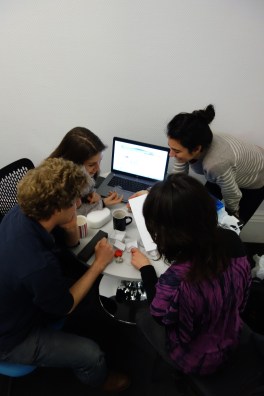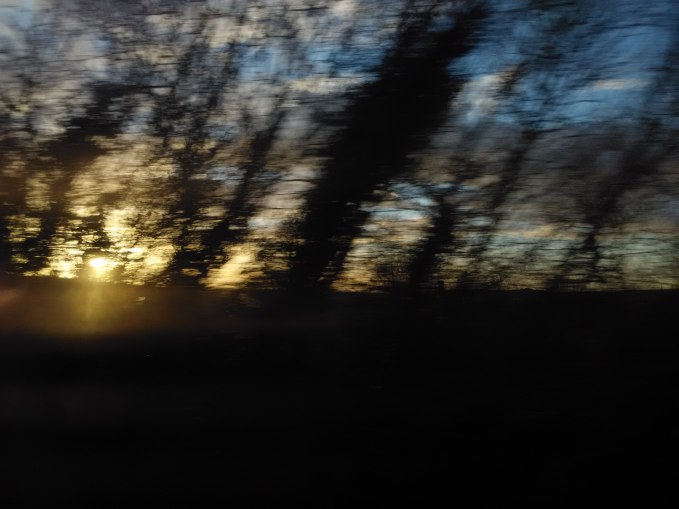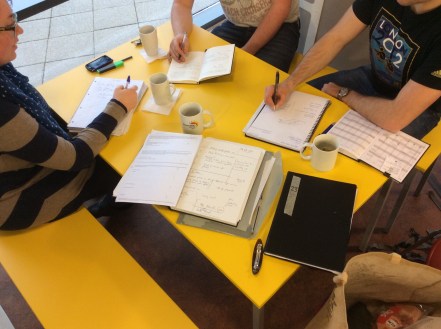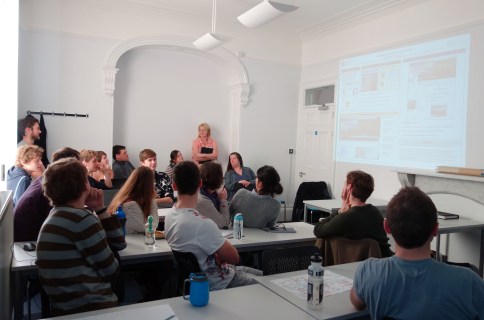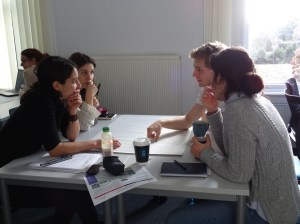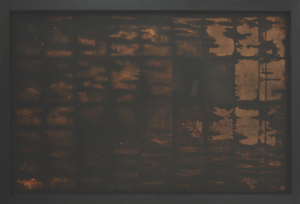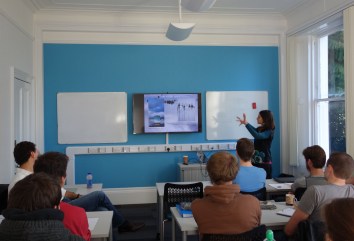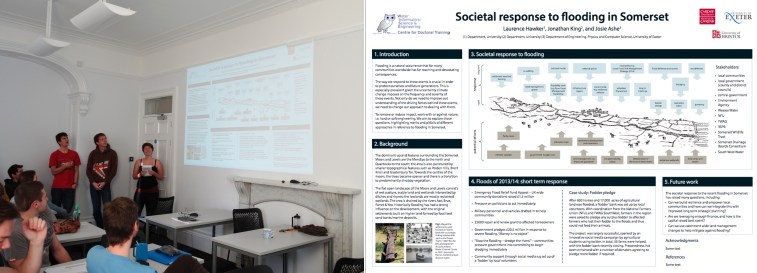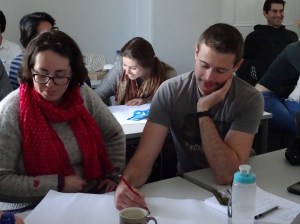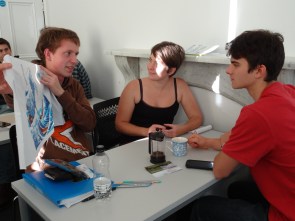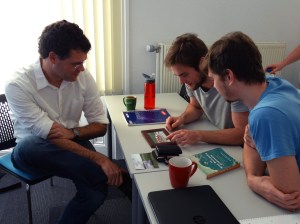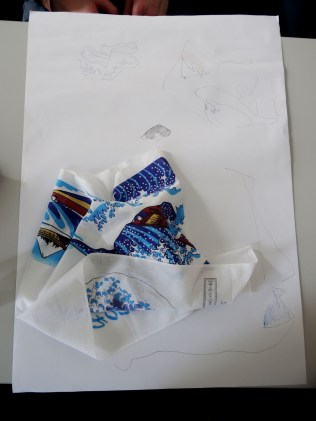During our last meeting, which took place in Exeter last week, we looked into one of the two projects we are developing more in detail responding to the the Future of flooding in the Somerset Levels and Moors.
The ideas started from thoughts around, how do we communicate to the future? how do we communicate to the present to shape the future? Dealing with the unknown future, specially connected to climate is a difficult approach to deal with, therefore we decided to look for ways to engage with the public in a more genuine way by transforming our research into a final piece including all those thoughts adding some sense of humour.
Having discussed within our group about possible ways to connect with people, we realised that with this specific project we aim at generating a discussion from having something simple in your hands you can touch, you can explore, you can assemble by yourself, you can use, you can play with: something that allows you to be actively involved as opposed to standing still in front of something.
We also discussed about materials: we will use materials that are either natural or recycled as much as possible, to source them from Somerset as much as we can, to set a stronger connection with the area, its landscape and its history.
The process of thinking about both techniques to realise our idea and materials to use is challenging, as some techniques are new to us and we haven’t been working with some of the materials we are looking at before. The whole process requires research and experimentation and it’s fun exploring new methods together and learning by doing.
It is interesting to see how this challenge is making us more creative. The group conversations we have are very imaginative and interesting, especially considering the broad scope we have by being four participants but all coming from different countries.
The next step will be collecting the items we need, and assemble everything to make our idea come true!
This group formed with the artist Seila Fernandez Arconada and the PHD students Barney Dobson, Ioanna Stamataki and Ludovica Beltrame.
Somerset Levels in the journey to Exeter.

